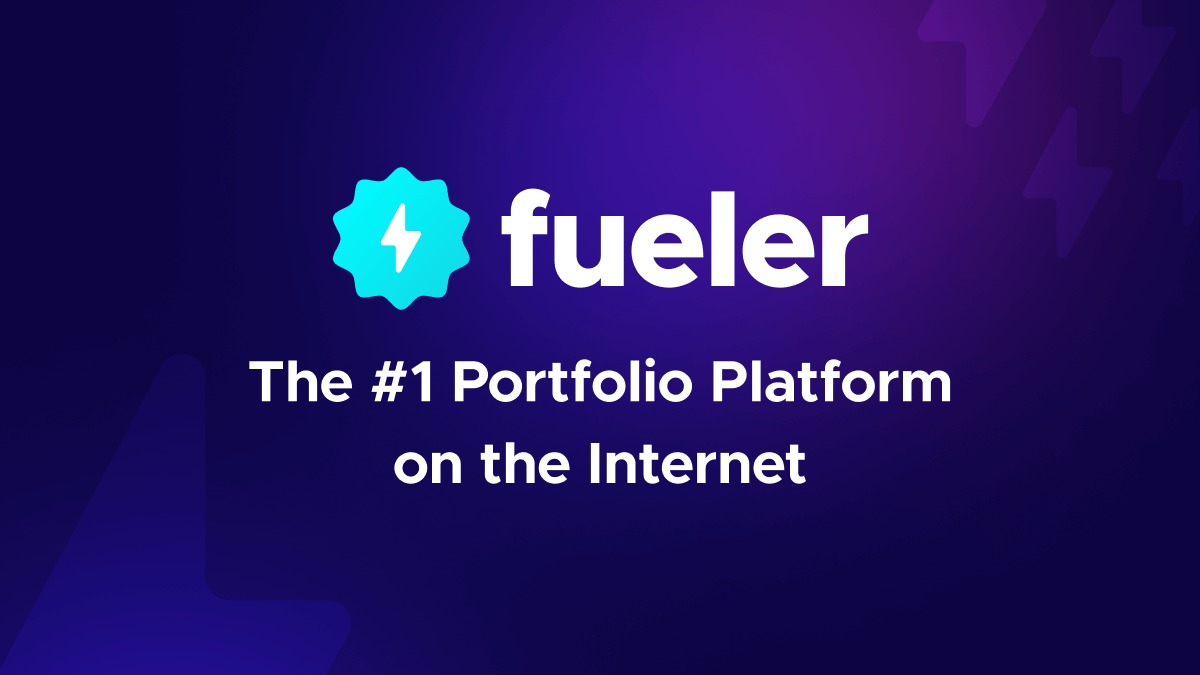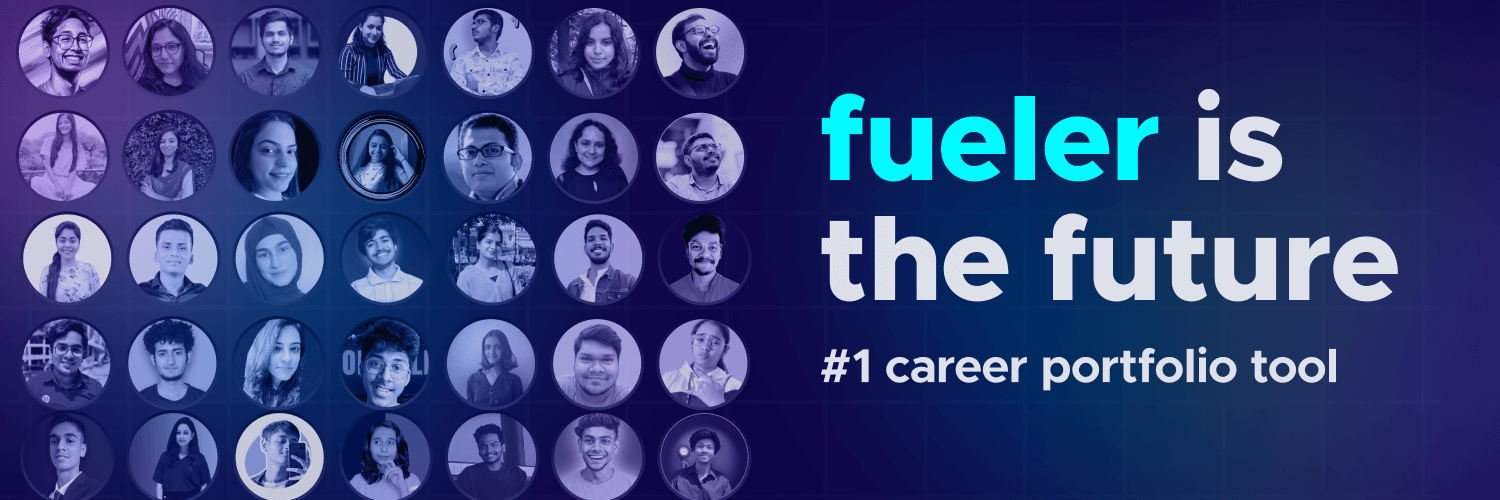The Ultimate Guide to Building Your Own AI Agent for Productivity in 2025

Riten Debnath
13 May, 2025

Imagine having a smart digital assistant that never sleeps, never takes a break, and works round the clock to help you stay productive. That’s the power of AI agents in 2025. They’re not just tools anymore — they’re partners in your workflow. Whether you’re a freelancer, remote worker, or entrepreneur, building your own AI agent can help you automate daily tasks, save time, and focus on what truly matters.
I’m Riten, the founder of Fueler — a platform where anyone can build and showcase their portfolio to get discovered through work, not degrees. In this article, I’ll walk you through how AI agents are transforming productivity and how you can build one tailored to your own needs. Let’s make 2025 the year you take control of your time using AI.
What Is an AI Agent?
An AI agent is a software program that can perform tasks autonomously. It can schedule meetings, answer emails, or even generate content. Unlike traditional software, AI agents learn and adapt over time. They use machine learning algorithms to improve their performance based on the data they process. This means that the more you use them, the better they become at assisting you with your tasks.
Why Build Your Own AI Agent?
- Customisation: Tailor the agent to your specific needs.
- Efficiency: Automate repetitive tasks.
- Cost-Effective: Save money by reducing manual work.
- Scalability: Easily scale your operations without additional resources.
- Competitive Advantage: Stay ahead in your industry by leveraging cutting-edge technology.
Step-by-Step Guide to Build Your Own AI Agent for productivity
1. Identify the Problem You Want to Solve
Before you build anything, get clear on the challenge you want the AI agent to solve. Are you drowning in emails, wasting time on repetitive admin tasks, or struggling to stay organized? Start with one specific problem so your agent serves a clear purpose.
For example, if you’re a freelance writer, your problem could be managing research and deadlines across multiple clients. An AI agent can help automate that.
2. Choose the Right Tools for Your AI Agent
Once you know your goal, the next step is picking tools that fit your needs. You don’t need to code from scratch. Platforms like AutoGPT, Hugging Face, and LangChain allow you to plug into existing models and build workflows.
LangChain is great for chaining multiple prompts or tasks together. Hugging Face gives you access to pre-trained models. These tools let you create custom logic for your own assistant.
3. Design the Agent’s Workflow
Now map out how the AI should function from start to finish. For instance, if it’s a scheduling assistant, what happens when you get a new meeting request? How does it check your calendar, suggest times, and confirm bookings?
Keep your workflow simple and logical. Write each step down in plain English before translating it into automation using your chosen tool.
4. Connect APIs to Give Your Agent Access
APIs let your agent interact with apps like Google Calendar, Notion, Slack, or Gmail. Using tools like Zapier or Make (formerly Integromat), you can give your AI the power to pull and send data where it needs to go.
Make your agent smarter by integrating only the apps you actually use. The fewer connections, the easier it is to maintain and debug.
5. Train the Agent with Specific Prompts
AI agents need clear instructions. Fine-tune your prompts to include context, tone, and desired outcomes. If you want your AI to write emails for clients, train it with examples of your writing style.
Use platforms like OpenAI’s GPT Builder or Notion AI to test different versions of prompts until your agent behaves the way you want.
6. Set Boundaries and Fallbacks
No AI is perfect, so make sure your agent knows when to stop. Set boundaries so it doesn’t make decisions you should handle. Also, set up fallbacks like alerting you when it’s unsure.
This way, you keep control without losing the benefits of automation. Trust, but verify — always.
7. Test Your AI Agent Regularly
Once it’s live, run real-world tasks to see how the AI performs. Use logs or tracking to watch its behavior and note what it gets right or wrong. Adjust your prompts, workflows, and permissions accordingly.
Treat your AI like a junior employee — train, test, and refine regularly to make it better.
8. Keep It Updated with New Features
AI tools evolve quickly. What works today might be outdated in three months. Stay updated with the latest plugins, APIs, and model upgrades. This keeps your agent performing at its best.
Subscribe to AI newsletters or join communities on Discord, Reddit, or LinkedIn to stay in the loop.
9. Add a Dashboard for Control
A simple dashboard gives you control over your agent. Use Notion, Airtable, or even Google Sheets to monitor actions, results, and any issues that arise.
This visual setup helps you manage your agent’s performance without digging through lines of code or logs. It also makes updating workflows easier.
10. Ensure Data Security
Your agent will handle sensitive info — passwords, emails, calendar invites. Always use secure APIs and encrypted platforms to avoid leaks. Use two-factor authentication and monitor access permissions regularly.
Security isn’t a bonus — it’s non-negotiable when dealing with client or personal data.
11. Set Clear Metrics for Success
Track how much time your AI agent is saving you. Use tools like Clockify or Toggl to compare your productivity before and after building the agent.
This lets you prove its ROI and figure out what’s working (and what isn’t). If you’re spending less time on repetitive work, that’s a win
12. Showcase It on Your Portfolio
Once your AI agent is up and running, show it off. Document how it helps you, what tools you used, and the outcomes you achieved. Platforms like Fueler make it easy to create a portfolio that reflects real work, not just resume bullets.
Your AI agent is not just a productivity hack — it’s a powerful proof of your skillset. Let clients see what you’ve built.
Why Fueler Is the Best Platform to Showcase Your AI Projects
As a freelancer or remote worker, it’s not enough to tell people what you can do. You have to show it. That’s where Fueler comes in. It’s a platform built specifically to help you build project-based portfolios. Whether you’ve created an AI agent, built an automation tool, or just completed a creative gig — Fueler helps you package and present it professionally.
Fueler is easy to use, supports multiple project formats, and lets you tag skills, tools, and outcomes so clients can find you faster. And in 2025, showcasing your AI work is a huge trust signal for hiring managers.
Final Thoughts
Building your own AI agent might sound technical, but it’s more about thinking clearly than coding perfectly. You’re designing a digital teammate — one that works with you to save time, reduce stress, and focus on what matters most.
Start small. Pick a task. Build. Test. Improve. And once you’ve built something useful, don’t forget to show it off. The future of work belongs to those who adapt fast and aren’t afraid to experiment.
FAQs
1. What is an AI agent and how is it used in productivity?
An AI agent is a smart tool that performs tasks like scheduling, writing, or managing emails using AI models. It helps users automate repetitive tasks and save time.
2. Do I need to know coding to build an AI agent?
Not at all. With no-code tools like Zapier, Make, and LangChain, you can build simple agents without writing code. These platforms make it easier for anyone to get started.
3. What are the best tools to build an AI agent in 2025?
Some of the top tools include AutoGPT, Hugging Face, LangChain, Notion AI, and GPT Builder by OpenAI. These help you create, train, and connect your AI workflows efficiently.
4. How can I make my AI agent secure?
Use encrypted platforms, secure APIs, and set up 2FA wherever possible. Only connect tools that are trusted, and always review permissions.
5. Where can I showcase my AI agent projects?
Fueler is one of the best platforms to build and share your portfolio. It helps you show real-world work and makes it easy for clients to discover your projects.
What is Fueler Portfolio?
Fueler is a career portfolio platform that helps companies find the best talents for their organization based on their proof of work.
You can create your portfolio on Fueler, thousands of freelancers around the world use Fueler to create their professional-looking portfolios and become financially independent. Discover inspiration for your portfolio
Sign up for free on Fueler or get in touch to learn more.


